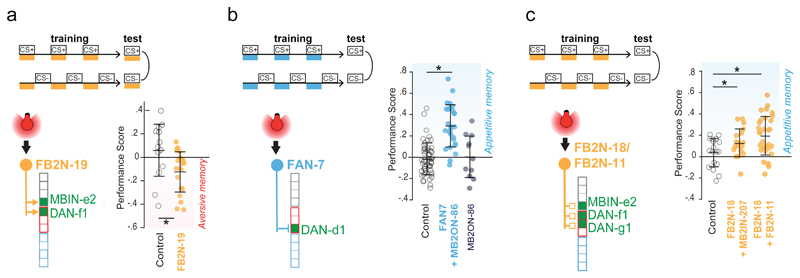Figure 6. Feedback neurons can drive associative memory formation.
(a-c). We generated Split-GAL4 lines to target CsChrimson expression almost exclusively to single FBNs or FB2Ns that innervate vertical lobe DANs (See Extended Data 10). We optogenetically activated these neurons instead of a US in our associative memory paradigm (as in Fig. 1b-c). Horizontal lines, means and standard deviations. Statistics are as in Fig. 1c.
a, Activation of the excitatory FB2N-19 in the training paradigm induces aversive memory, same as the activation of its postsynaptic DAN-f1 (Fig. 1c). N=13,20
b, Activation of FAN-7 induces appetitive memory, opposite to its postsynaptic DAN-d1 (Fig. 1c). The SS02108-Split-GAL4 line drives expression in two brain neurons: the GABAergic FAN-7 and MB2ON-86, and a few somatosensory interneurons in the nerve cord (unlikely to evoke an appetitive memory). We therefore used the SS04330-Split-GAL4 line that drives expression specifically in MB2ON-86 as an additional control and found this neuron did not induce memory formation. N=52,27,11.
c, Activation of FB2N-18 with or without FB2N-11 induces appetitive memory, opposite to activation of their presynaptic DANs (Fig. 1c). The SS01778-Split-GAL4 line drives expression in the glutamatergic FB2N-18 and FB2N-11, which have very similar morphology and connectivity (Supplementary Fig. 3, 4b-d, and Extended Data 10). Both connect most strongly to DAN-f1 and weakly to MBIN-e2 (and DAN-g1 for FB2N-18). The SS02181-Split-GAL4 line drives expression in FB2N-18 and in MB2IN-207, a weakly connected pre-modulatory neuron (unlikely to be able to significantly influence modulatory neuron activity). N=18,18,31.

